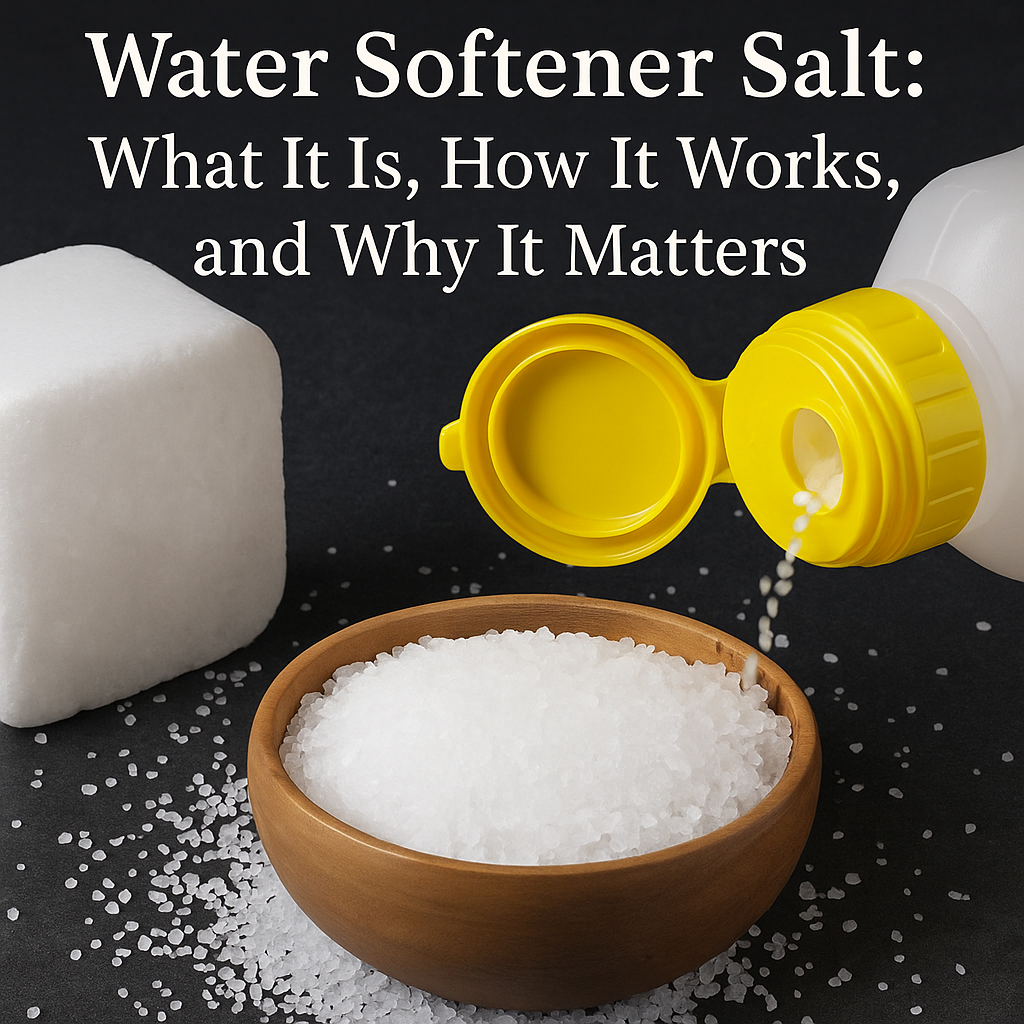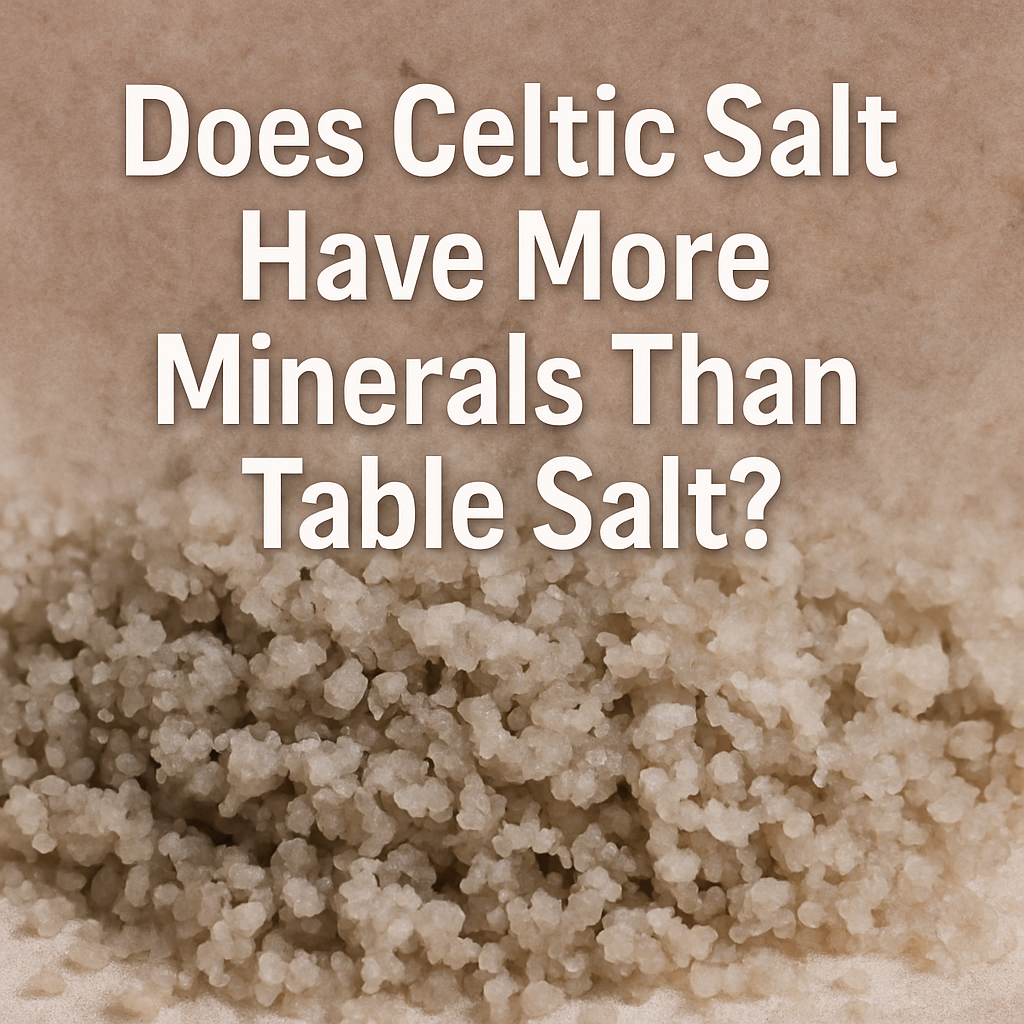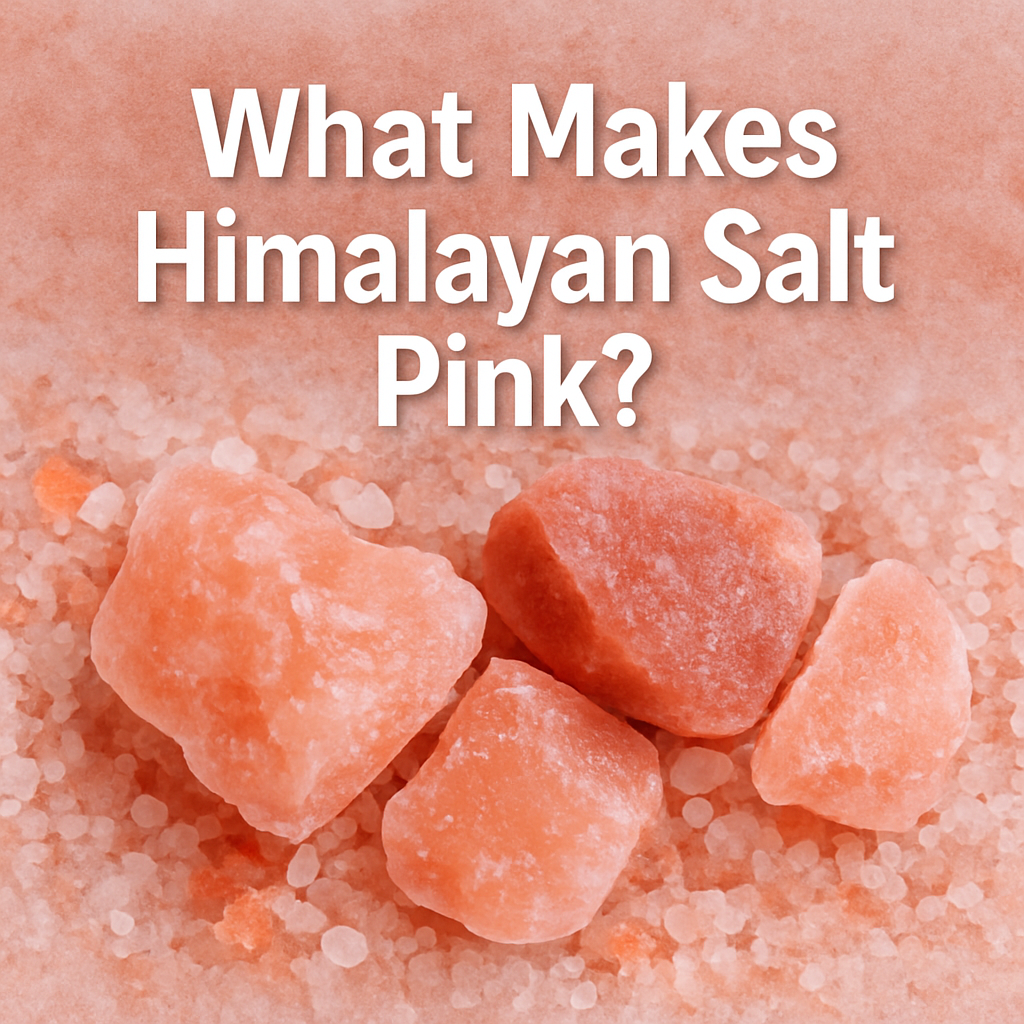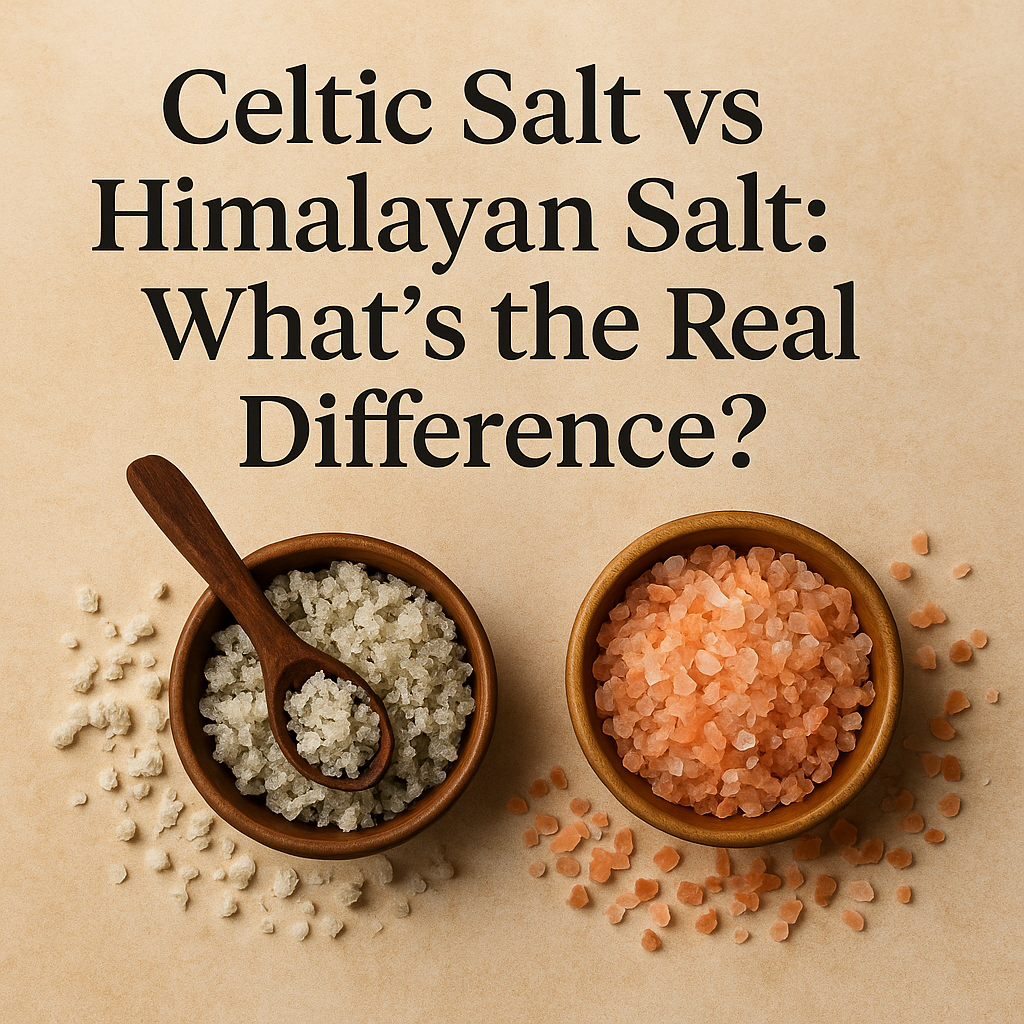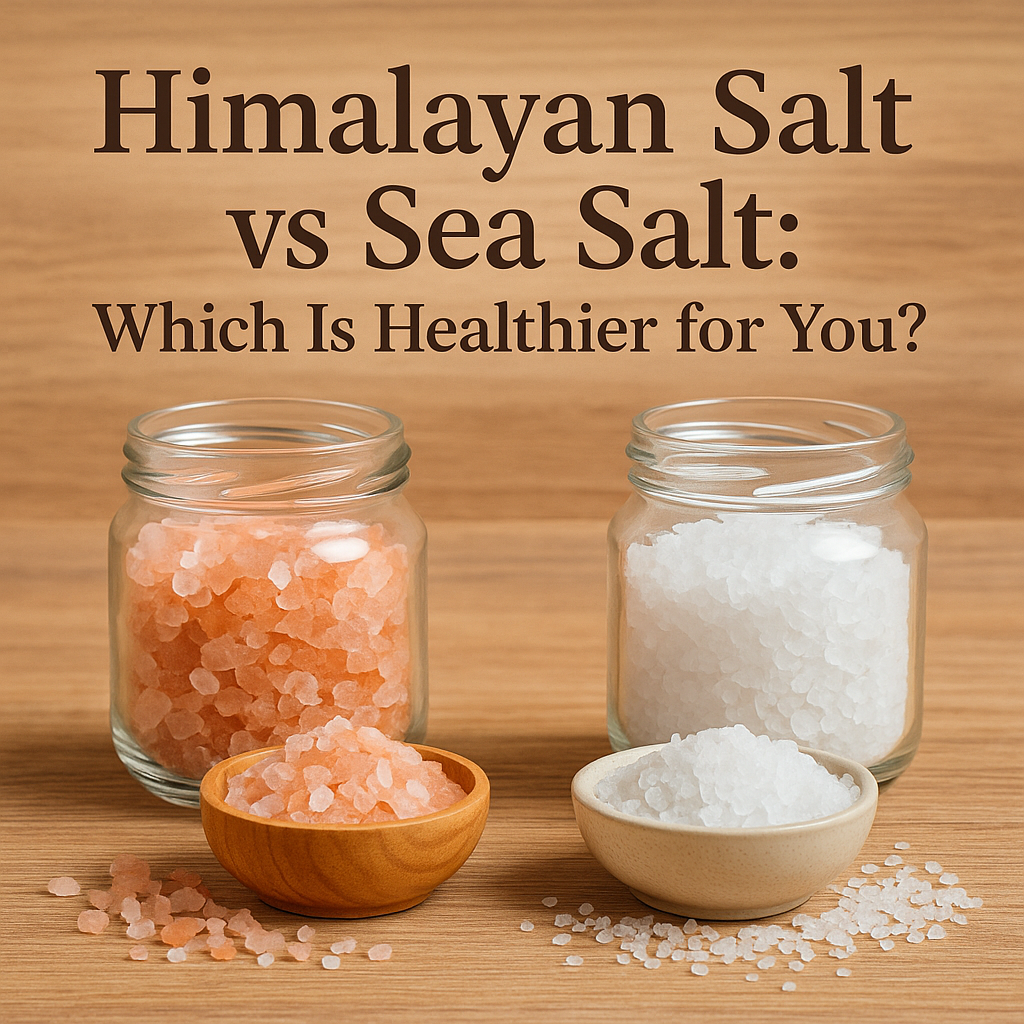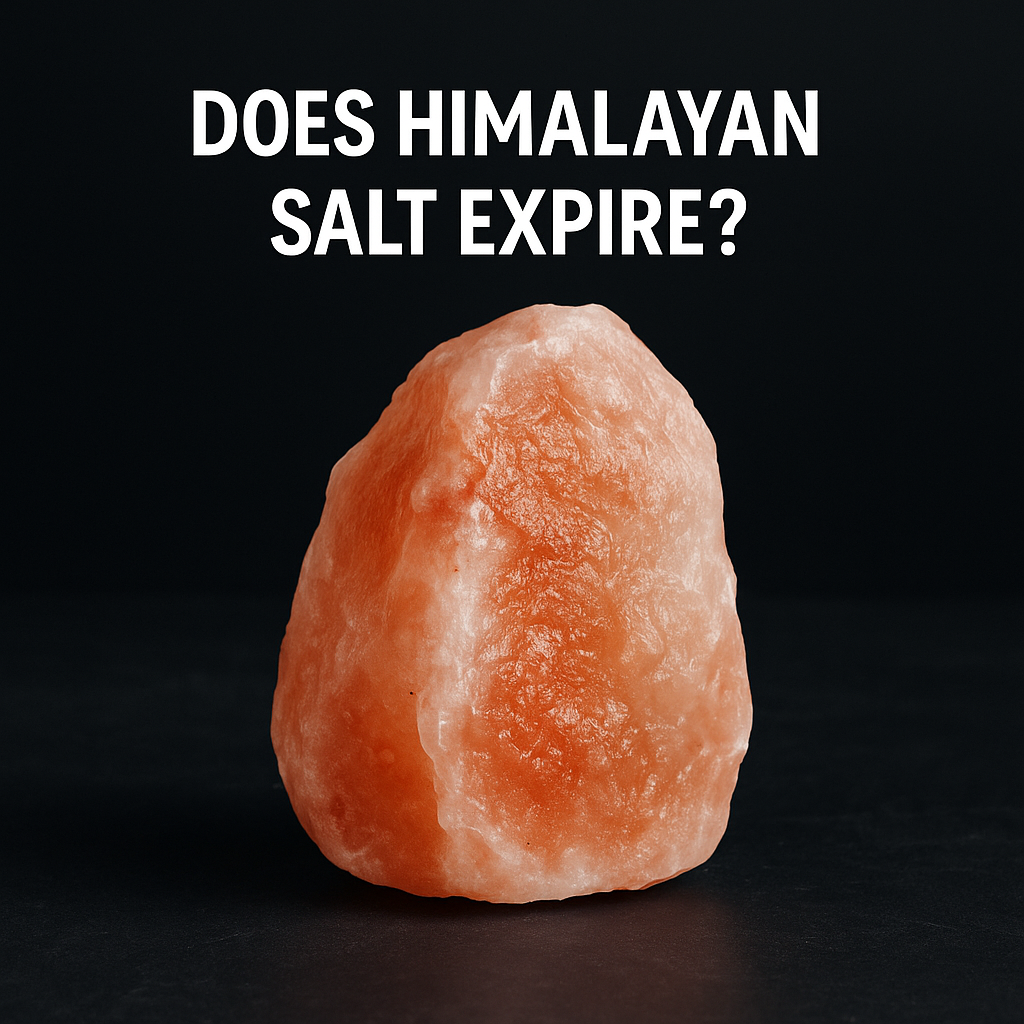If your home has hard water, you’ve probably heard about water softeners and the special salt they need to function. Water softener salt plays a critical role in keeping your appliances safe from scale, your water flowing properly, and your skin and hair feeling cleaner. But many homeowners still don’t fully understand how it works, how much salt they need, or if it’s even safe.
In this blog, we’ll break down everything you need to know about water softener salt in a simple, straightforward way—so you can make informed choices for your home and health.
How Does Water Softener Salt Work?
Water softener salt is used in a process called ion exchange. In basic terms, a water softener removes hardness minerals like calcium and magnesium from your water. These minerals are the reason you see chalky build-up on faucets, glassware, or even feel a film on your skin after a shower.
The softener contains resin beads that attract and hold onto these hard minerals. But over time, the beads get saturated and need to be cleaned. That’s where the salt comes in.
When salt (sodium chloride or potassium chloride) is added to the softener’s brine tank, it creates a salty water solution. This solution flushes through the resin tank and washes away the collected minerals, recharging the system. Once the cycle finishes, the system is ready to soften water again.
How Much Salt Does a Water Softener Use?
The amount of salt your system uses depends on how hard your water is and how much water your household uses daily. Most average homes use around 20 to 80 pounds of salt per month. That’s roughly one or two bags.
If your household has very hard water or more people, you’ll need to top up more often. Some newer systems are more efficient and use less salt by adjusting regeneration cycles automatically.
Can You Put Too Much Salt in a Water Softener?
It’s possible to overfill the brine tank. If the salt level is too high and doesn’t drop for a long time, the bottom layer can turn into a solid block, known as salt bridging. This stops the water from mixing with salt properly, so the softener can’t clean the resin beads.
To avoid this, only fill the brine tank to about two-thirds full and check it every couple of weeks. If you see crusty build-up or the salt isn’t going down, it may be time to clean the tank or break up the salt bridge.
Can I Drink Softened Water?
In most homes, softened water is safe to drink. However, because salt is used during the softening process, the sodium level in the water may slightly increase. This isn’t the same as adding table salt to your drink. The amount is small and usually not a concern for healthy individuals.
If someone in your home is on a low-sodium diet or has kidney issues, you might consider using potassium chloride as a salt alternative, or installing a separate drinking water tap that bypasses the softener.
What Is Granular Salt?
Granular salt is one of the most common types used in water softeners. It looks like coarse sand or sugar and dissolves easily in water, making it great for most softeners.
This type of salt is usually made from solar evaporation and is often cleaned to reduce dirt and debris. If your softener manufacturer recommends it, granular salt is a safe and effective option.
What Is a Block Salt?
Block salt comes in solid brick form and is mainly used in specific softener models designed for blocks. It’s less common and can be harder to find.
While it works the same way as other salts, it takes longer to dissolve and may not be ideal for systems that require quick regeneration. Always check your softener’s user manual before switching to block salt.
What Are Salt Tablets?
Salt tablets are compacted pellets made from refined salt. They’re round or oval and often labeled as “tablet salt.” These are designed to dissolve slowly and reduce the chances of salt bridging.
Some users prefer tablets because they’re easy to pour and store, and they’re cleaner than loose salt. However, they may cost slightly more than granular options.
What Are Salt Pellets?
Salt pellets are another popular form of water softener salt. They are typically more purified than rock salt and contain fewer insoluble materials. This means they leave behind less residue in your brine tank.
Pellets are ideal for high-efficiency water softeners and are commonly used in both homes and small businesses. Some brands also offer rust-removing pellets for homes with iron-rich water.
Can I Use Water Softener Salt in the Dishwasher?
No, you shouldn’t use water softener salt in your dishwasher. Here’s why:
-
Dishwashers with built-in softeners require a specific type of fine-grain salt known as dishwasher salt.
-
Water softener salt is coarser and not food-safe. It may contain small impurities or be too slow to dissolve.
-
Using the wrong salt can damage the internal softening system, clog jets, or leave residue on your dishes.
So, What’s the Right Way?
If your dishwasher has a built-in softener, use dishwasher salt only. If your home has a whole-house water softener system, your dishwasher is already receiving softened water so you don’t need extra salt unless the dishwasher has its own salt compartment.
What's the Difference Between Table Salt and Water Softener Salt?
The difference comes down to purity, structure, and use. Table salt is fine-grained, often contains iodine, and includes anti-caking agents. It’s made for food and dissolves quickly in water.
Water softener salt, on the other hand, is less processed, often in larger grains or pellets, and is designed to work with resin beads in the softener system. Using table salt in your softener could clog the unit or cause problems over time.
Can Water Softener Salt Cause Health Problems?
For most people, water softened with sodium-based salt is completely safe. However, those on low-sodium diets or with certain health conditions may want to avoid drinking softened water regularly.
Switching to potassium chloride is a safer alternative, though it’s more expensive. You can also install a reverse osmosis system or keep a tap unsoftened for cooking and drinking.
Can Water Softener Salt Cause Itchy Skin?
Sometimes, people report itchy skin or dryness after switching to softened water. This isn’t usually caused by the salt itself, but rather the removal of minerals that your skin was used to.
Hard water leaves mineral residue on your skin, while soft water washes it away more thoroughly. For some, this feels like dryness. A mild moisturiser or adjusting your skincare routine is usually enough to fix it.
If symptoms persist, consider testing your water hardness and adjusting the settings on your softener.
Is Water Softener Salt Safe for Pet Animals?
In general, it is safe for most household pets, including cats and dogs. The sodium added during the softening process is minimal and does not pose a health risk for healthy animals.
However, if your pet has a specific condition such as heart, liver, or kidney problems, your vet might recommend avoiding softened water and using regular tap or filtered water instead.
Also, never let pets eat or lick water softener salt in pellet, granular, or block form, as it can cause serious illness or digestive issues.
Always store your salt in a dry, sealed container and keep it out of reach. If you're unsure, consult your veterinarian and consider giving pets water from a source that bypasses the softener.
How Much Salt Will I Need for My Water Softener?
To estimate your monthly salt needs, consider your household size and water hardness. For a family of four with moderately hard water, expect to use about 1 bag (40 lbs) every 2 to 4 weeks.
Monitoring your salt level once a week will help you keep things running smoothly. Investing in a higher-efficiency unit or upgrading your current system could save salt and money in the long run.
Is There Any After Taste?
Properly softened water should have no noticeable aftertaste. If you’re tasting something salty or odd, it may be a sign of over-softening, salt bridging, or a problem with the system settings.
Make sure your softener is set correctly and flush the system if needed. You can also use a separate drinking water filter for peace of mind.
Is It Safe Enough to Consume?
Yes, softened water is safe to drink for most people. The added sodium is minimal and well below daily limits. However, if there are medical concerns, it’s best to speak with a healthcare provider and explore alternative salt types like potassium-based salts.
Final Thoughts
Hard water not only causes more than just white spots, but it also damages pipes, shortens appliance life, and dries out your skin. The right water softener salt keeps your system running smoothly, efficiently, and safely.
At Himalayan Salt Direct, we offer:
-
Pure, low-residue water softener salt
-
Reliable delivery and bulk options
-
Salt types suitable for all softener systems
Whether you need tablets, granular salt, or rust-fighting solutions, we’ve got it. Don’t wait until your system slows down or your water feels off—order your water softener salt from us and keep your water clean, soft, and worry-free.

